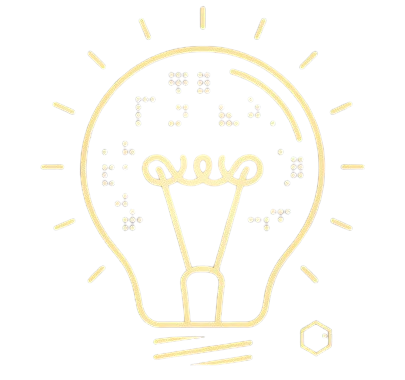The Visionary Who Sees with His Heart: Srikanth Bolla's Journey from Rejection to Recognition
- Siddhant Sathe

- Sep 29
- 5 min read

When I watched the movie Srikanth last year, I was moved to tears. The film tells the incredible true story of Srikanth Bolla, who fought against everyone who told him that as a blind student, he should stick to the arts and forget about science and mathematics. Watching him pursue his dreams of studying at MIT despite facing rejection after rejection made me realize something heartbreaking: this isn't just a story from the past—it's happening right now in schools across our country and around the world.
I am Siddhant, a senior at Indus International School, Pune, and ten months ago, I started Light of Letters Foundation after meeting Manish, who is visually impaired. Manish is brilliant—he has an intuitive understanding of mathematical concepts and a love for science that is so obvious from the first minute when you talk to him. But when it came time to choose his junior year courses, his guidance counselor suggested he drop advanced mathematics and physics to focus on "more suitable subjects" like creative writing and music appreciation.
That conversation sparked something in me. Why should blindness determine what subjects a student can excel in? Why are we perpetuating the harmful stereotype that visually impaired students should only pursue the arts?
The Reality Behind the Numbers
The statistics are staggering and heartbreaking. Research shows that over 60% of visually impaired students drop mathematics and science courses by their sophomore year of high school. This isn't because they lack ability—it's because they lack access to the right tools and face systemic barriers that push them away from STEM fields.
When we funnel blind and visually impaired students exclusively toward the arts, we're not just limiting their academic choices—we're cutting off entire career paths. We're telling them they can't become engineers, doctors, researchers, or mathematicians. We're perpetuating a cycle of limited expectations that has persisted for far too long.
Learning from History's Greatest Minds
What many people don't realize is that some of history's most brilliant mathematicians were blind or visually impaired. Leonhard Euler, considered one of the greatest mathematicians of all time, was blind in his right eye for most of his life and completely blind for the last 17 years of his career—yet he produced some of his most important work during this period.
More recently, mathematician Bernard Morin, who was born blind, made groundbreaking contributions to topology and created beautiful geometric sculptures that helped others visualize complex mathematical concepts. These individuals didn't succeed despite their blindness—they succeeded because they were given the tools and support they needed to pursue their passions.
Technology: The Great Equalizer
This is where technology becomes transformative. Through Light of Letters Foundation, we're working to provide laptops and smartphones equipped with specialized software to visually impaired students in our district. These aren't just any devices - they're loaded with screen readers, mathematical notation software, and apps specifically designed to make STEM subjects accessible.
Programs like NVDA and JAWS can read complex mathematical equations aloud, while software like MathCAT allows students to input and manipulate formulas using keyboard shortcuts. Graphing calculators with speech output help students understand mathematical relationships, and 3D printing technology can make geometric concepts tangible.
Imagine Manish being able to "see" a parabola by feeling its printed curve, or understanding molecular structures through tactile models generated from specialized software. These tools don't just level the playing field—they often reveal new ways of understanding concepts that benefit all students.
The Srikanth Effect
The movie Srikanth showcased something powerful: when we remove barriers and provide proper support, blind students don't just survive in STEM—they thrive. Srikanth Bolla didn't just prove his doubters wrong; he excelled, eventually founding a multi-million dollar company that employs thousands of people.
His story isn't unique—it's just rarely told. For every Srikanth who breaks through, there are countless others who never get the chance because they're steered away from their passions before they can even explore them.
Changing the Narrative, One Student at a Time
Through our foundation, we've already seen incredible results. We have now raised funds and donated a 100 devices (iPhones, Android phones and Laptops) pre-loaded with a number of accessibility and assistive tech. The 3 Kits – Patriots Kit for Grad school students, Super Kings Kit for undergrads and the Lakers Kit for Highschool students is changing the lives of VI students. The stories of Monali, Atharva, Manish and Tiseeka are beacons of hope where they are using digital education to transform their lives and others too.
These students aren't exceptional cases—they're proof that with the right tools and support, visual impairment doesn't have to mean limited horizons.
A Call to Action
We need to fundamentally change how we think about accessibility in STEM education. This means training teachers to use assistive technology effectively, ensuring that all educational materials are available in accessible formats, and most importantly, changing our attitudes about what blind and visually impaired students can achieve.
Parents, educators, and policymakers: the next time you encounter a visually impaired student interested in mathematics or science, don't ask them to consider "more realistic" options. Instead, ask them what tools they need to succeed and then help provide those tools. To the state governments of India: please allow VI students to write their own exams on laptops if they so wish. The dependence on scribes is a crutch they no longer need!
To my fellow students: if you know someone who is blind or visually impaired, don't make assumptions about what they can or can't do. Some of the most creative problem-solvers I know approach challenges from completely different perspectives because of their unique experiences with the world.
The Vision Forward
Our mission at Light of Letters Foundation is simple but ambitious: we want to see the dropout rate for blind students in mathematics and science courses cut in half within the next five years. We want to see more visually impaired students in AP courses, in college STEM programs, and eventually in careers as researchers, engineers, and innovators. We want all VI students to write their own exams using their laptops instead of having to rely on scribes.
Like Srikanth Bolla showed us, the only real disability is the inability to see beyond perceived limitations. When we provide the right tools, training, and most importantly, the expectation that all students can succeed, we unlock incredible potential.
The future of STEM is brighter when it includes everyone. Let's make sure that future starts today.
Light of Letters Foundation provides assistive technology and advocacy for visually impaired students pursuing STEM education. To learn more about our work or to get involved, visit www.lightoflettters.org or email us on lightofletters2024@gmail.com.






Comments